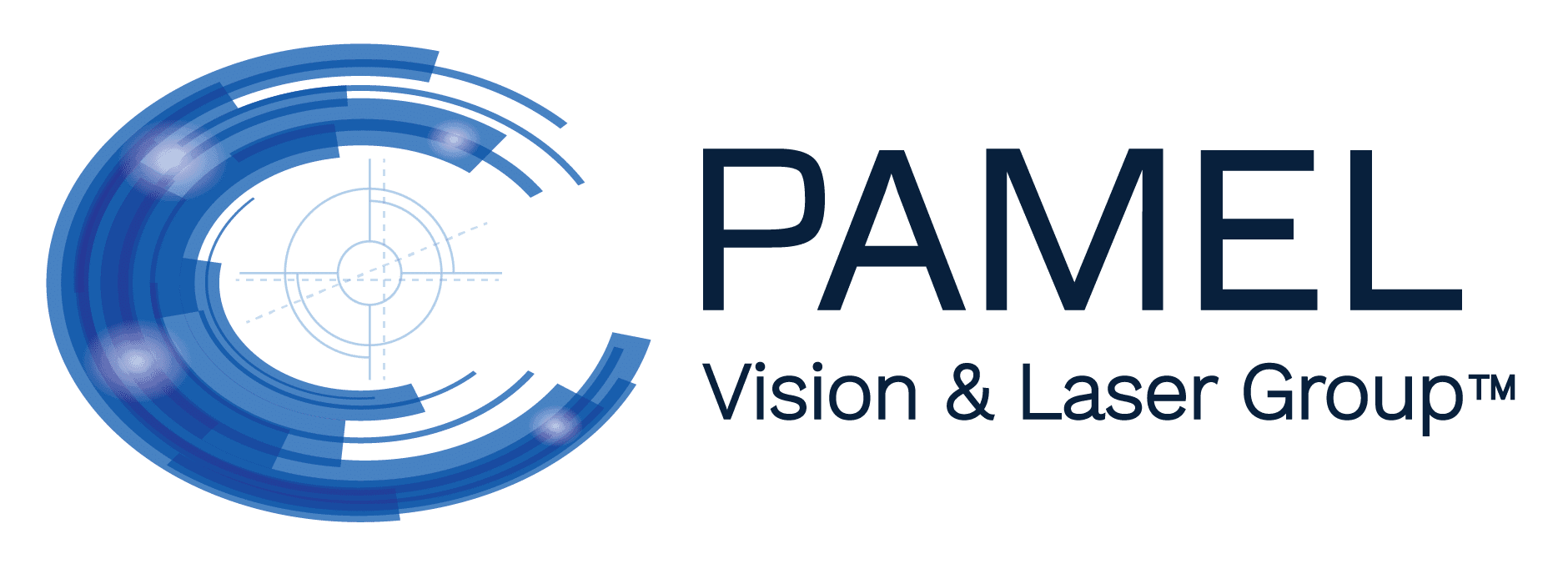What Are the Differences between LASIK and PRK?
- Posted on: Mar 6 2018
 LASIK and PRK are considered to be equally effective laser vision correction procedures. Both procedures have helped millions of people enjoy independence from glasses and contact lenses.
LASIK and PRK are considered to be equally effective laser vision correction procedures. Both procedures have helped millions of people enjoy independence from glasses and contact lenses.
However, there are several key distinctions between the procedures, and those differences can help you determine the surgery that is best for you and your visual needs. Below, one of New York City’s finest laser eye surgeons, Dr. Gregory Pamel, sheds light on the important differences between LASIK and PRK.
The Key Difference between the Two Procedures
The primary distinction between LASIK and PRK is that LASIK involves the creation of a corneal flap and PRK does not.
With LASIK, a microkeratome or femtosecond laser is used to create a small hinged flap in the surface of the corneal tissue (known as the epithelium). The flap is folded back to reveal the deeper layers of tissue, which are then reshaped with an excimer laser.
With PRK, no such flap is created. Instead, the outer layer of corneal tissue is entirely removed and discarded. Once this tissue is removed, the excimer laser reshapes the deeper layers of corneal tissue in the same manner it does during LASIK. Depending on the specific surgical approach, the epithelium may be removed with a diluted alcohol solution, special instrument or polishing brush.
Recovery
After LASIK surgery, the corneal flap is restored to its original position over the surface of the eye, where it heals itself. After PRK, the eye must regenerate the epithelial cells. Because of this, the recovery from PRK is typically slower and it can take longer for the results to stabilize. Also, there may be slight discomfort during PRK recovery as the eye heals.
Candidates
PRK is often recommended to individuals that do not qualify for LASIK. This may be because they have thin corneas that cannot withstand the creation of the corneal flap or because they have another condition that precludes them from having a safe LASIK procedure.
PRK is also popular among individuals who are worried about complications with the corneal flap after LASIK, such as the flap becoming dislodged while it heals. Good examples include professional athletes, members of the military and first responders.
To discuss your laser eye surgery options with Dr. Pamel, please email or call the Pamel Vision and Laser Group at (212) 355-2215.
Posted in: LASIK




